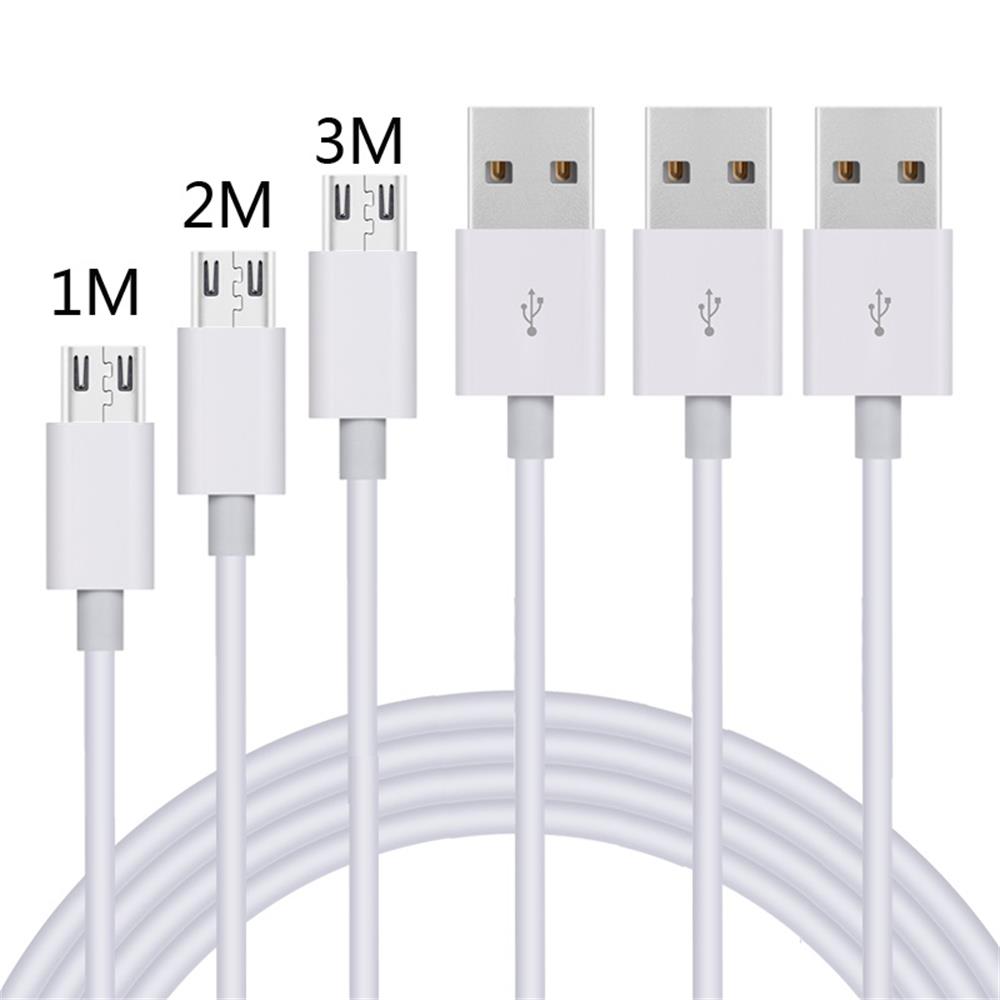Philips' determination to weaken its consumer electronics business is growing.
On October 11, Philips announced its “2010 Development Blueprintâ€, and its new business structure mainly includes three core businesses: medical insurance and personal quality living. Philips' personal quality life department will be formed by the merger of the original small appliances, personal care business and consumer electronics business. As a result, Philips' consumer electronics business has been further weakened and become the third-tier business unit of Philips. In terms of personnel, Philips' original consumer electronics business manager, Ruo Ruodi, will serve as the CEO of the adjusted Philips lighting business. Liang Yaorong, executive vice president of Philips' original consumer electronics business, has already switched to TCL Multimedia as CEO.
According to the reporter, transferring the traditional consumer electronics business to China was the main strategy of Philips in the 1990s. During this period, Philips invested more than 3.4 billion US dollars before and after, and established 35 joint ventures and wholly-owned enterprises in China. However, with the increasingly fierce competition in the traditional consumer electronics business and the continuous decline in profit margins, Philips decided to make strategic adjustments.
Since 2002, Philips has continued to weaken the traditional consumer electronics business and has carried out a series of sales during the subsequent strategic adjustment process. For example, in August 2002, the Communications, Security and Imaging Business Unit (CSI) was sold to Bosch; in 2003, the computer display business was sold to TPV; last year, Philips sold 81% of the semiconductor division; earlier this year, Philips will The mobile phone business was sold to CEC.
But as of now, revenue from the traditional consumer electronics business is still Philips' largest source of sales revenue, accounting for about 40% of total revenue, and if it is added to the small household appliance business, it will probably occupy about 50%. How to deal with such a large-scale business has also become the focus of the industry.
A person from Philips China told reporters that Philips will continue to advocate a policy of staying aside, for those businesses that have a leading position in the world and have high profit margins, such as electric shavers. Female hair removal devices will be further strengthened; for traditional businesses such as semiconductors and flat-panel TVs, such as Philips' 13% TPV shares, they hope to complete the withdrawal by 2009.
Snow Wright: Domestic electric light source industry has a leading edge 07 Semiconductor lighting and industry development trends and trends OIDA predicts that future LEDs will compete with traditional lighting. Semiconductor lighting mergers and acquisitions are frequently seen. Hengqiang is yet to test the five advantages of Zouqu Lighting Wholesale Market Changzhou Lighting The development potential of electrical appliances is huge
1

Micro Data Line is a portable version of the Data Line 2.0 standard. The Micro data cable has a smaller interface than the Mini data cable used in some mobile phones, and is the next generation of Mini data cable specifications. This data line supports OTG and is 5PIN like MINI data line. Micro-usb supports OTG and, like Mini-USB, is also 5PIN. The definition of Micro series includes Micro-B series slots for standard equipment; Micro-ab slots for OTG devices; Micro-a and micro-B plugs, and cables. The Micro series is unique in that they include a stainless steel case that can be inserted and removed for 10,000 times. Compared with the Usb Cable Type C, the Type-C interface is plugable, but the Micro USB interface is not.
Micro-usb connectors are smaller and space-saving than standard USB and Mini-USB connectors, with up to 10,000 plug and remove life and strength, and a blind plug structure design. The Micro-USB standard supports the OTG functionality of current USB, that is, in the absence of a host computer (for example, a personal computer). Data can be transferred directly between portable devices, compatible with USB1.1 (low speed: 1.5Mb/s, full speed: 12Mb/s) and USB 2.0(high speed: 60Mb/s). Provides data transmission and charging at the same time, especially suitable for high-speed (HS) or higher data transmission, is the best choice for connecting small devices (such as mobile phones, PDAs, digital cameras, digital camcorders and portable digital players, etc).

Micro Usb Cable,Usb Charging Cable,Micro Usb C Cable,Braided Micro Usb Cable
Henan Yijiao Trading Co., Ltd , https://www.yijiaousb.com